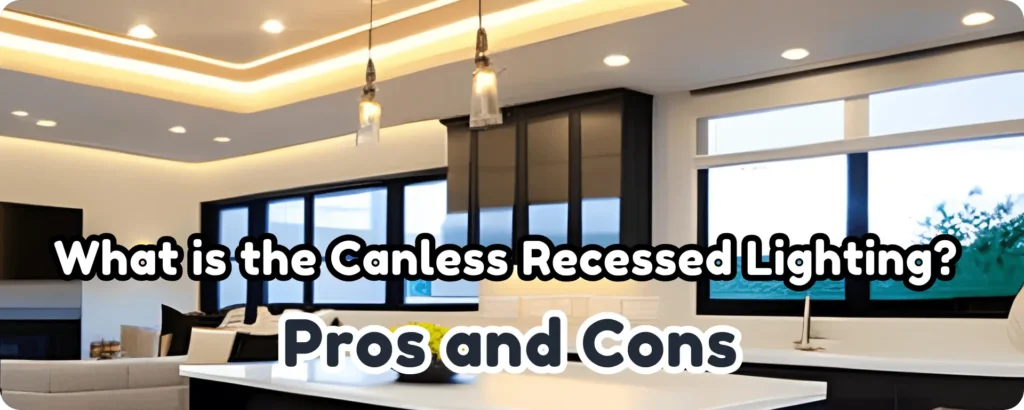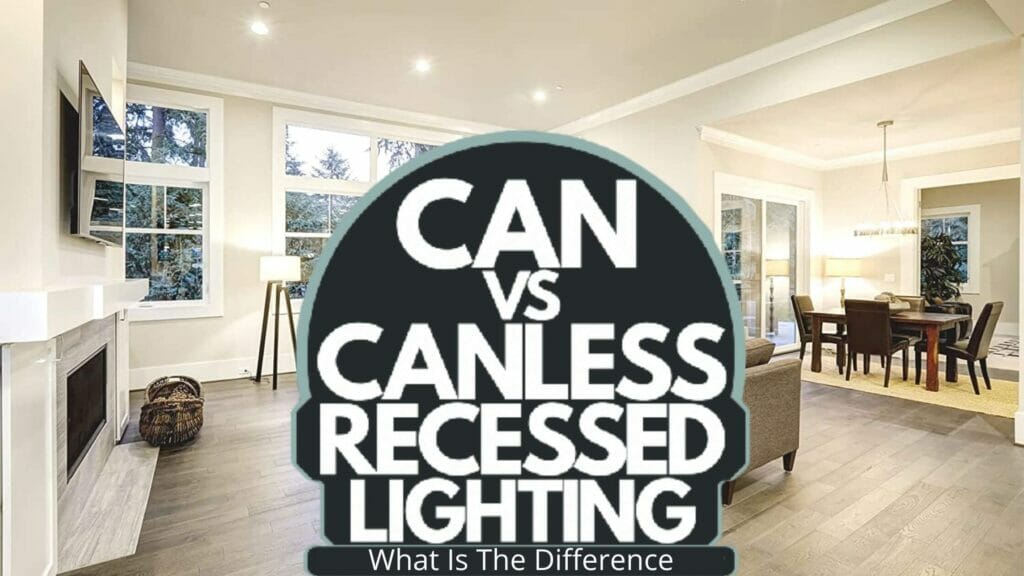

It involves more than the look and feel of your kitchen. The best color temperature for the kitchen is very important to achieve a good sense of balance and functionality. This simple guide will delve into color temperature fundamentals, recommended ranges for various parts of kitchen lighting, as well as other things to consider when making a choice.
What is Color Temperature?
The warmth or coolness of light is determined by its color temperature measured in Kelvin (K). Warm white lights similar to incandescent bulbs have lower Kelvin values (about 2700K), while cool white or daylight-like light can be represented by higher values, typically around 5000K. This spectrum understanding is crucial for choosing appropriate lamps for your kitchen.
Recommended Color Temperature for Kitchen
Overall Kitchen Lighting (4000K-5000K)
This range offers bright neutral white light that works well for general kitchen tasks including preparing meals, cooking, and cleaning. The clear brightness provides good illumination enabling a clean modern look in your kitchen space.
Kitchen Task Lighting (3000K-4000K)
For under-cabinet lights, pendant lights, and recessed lighting focused on work areas pick slightly warmer white light. It strikes a balance between functionality and warmth, thus not straining eyes during tasks requiring focus.
Kitchen Accent Lighting (2700K-3000K)
This could mean using warmer white light close to incandescent bulbs in order to produce warm dimmer situations thereby generating a relaxed mood especially if someone wants that cozy atmosphere suitable for dining sections or breakfast nooks.
See More: 11 Best Under Cabinet Lighting For Kitchen & Buying Guide
Additional Considerations
Personal Preference
The best color temperature ultimately depends on your personal preference. The cooler temperatures result in brighter and more modern looks; warmer tones create traditional vibes. Choose what you love best out there.
Dimmability
Pick dimmable bulbs so that you adjust both their intensity and color according to the prevailing conditions. Such flexibility will enable you to switch lighting moods throughout the day as the occasion demands.
Task Requirements
You should consider tasks specific to different areas within your kitchen. For instance, cooler temperatures help with visibility during tasks that need more attention to details like when chopping vegetables while warmer tones are better for more relaxed environments such as those found in breakfast nooks.
Examples
- Food Preparation and Cooking: Overall lighting should be a neutral white light (4000K-5000K) with focused areas illuminated by task lighting set at a warm white (3000K-4000K).
- Casual Dining: This can be achieved by using warm white accent lights (2700K-3000K) in dining spaces inside your home.
By understanding the different color temperatures and their applications, you can create a well-lit kitchen that balances functionality, ambiance, and personal preference.
Frequently Asked Questions
How do I determine the right color temperature for kitchen?
Look at recommended color temperatures for various aspects of illumination. In general, 4000K-5000K is best for overall illumination purposes, 3000K-4000K for task lighting, and 2700K-30000K for accent lighting. Also consider personal preferences, dimmability as well as specific task requirements.
Can I mix different color temperatures in my kitchen?
Of course, combining different color temperatures helps create dynamic layered lighting designs. Mixing neutral white overall lighting and warmer colors in either task or accent lighting is an excellent way to improve the atmosphere generally.
Is dimmability important in kitchen lighting?
Yes, because dimmable bulbs allow you to control both brightness power and color content. It brings about variations thus allowing different kinds of illumination all through the day depending on what needs are at any given time.
How can I create a balanced lighting scheme in my kitchen?
To achieve a balanced lighting scheme, you need to prioritize the suggested color temperatures of various parts of your kitchen based on their specific functions. However, be aware that any personal preferences you may have, dimmability, and overall mood should be taken into account.
Can the right color temperature improve the functionality of my kitchen?
It enhances visibility and makes the room suitable for different activities. In other words, it boosts utility but also contributes to good looks in kitchens.
Conclusion
The selection of color temperature among other issues transcends mere technicalities. It goes all about creating an atmosphere that reflects your way of life as well as enhancing practicality within the space. Through understanding color temperatures and thinking of personal preferences, dimmability or task demands one’s kitchen can become a well-lit paradise designed specifically for them.






